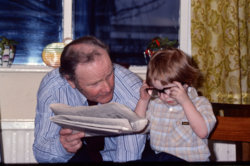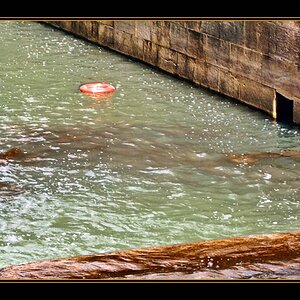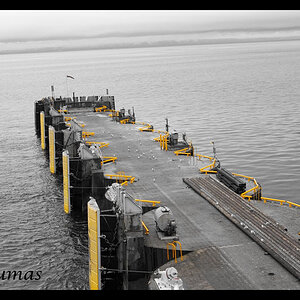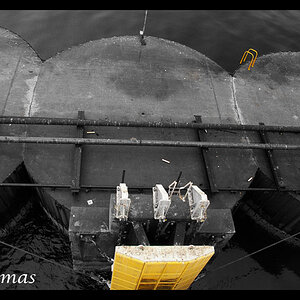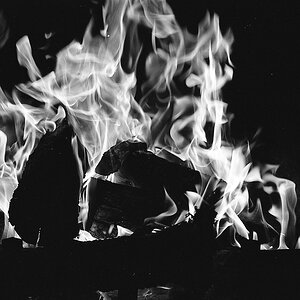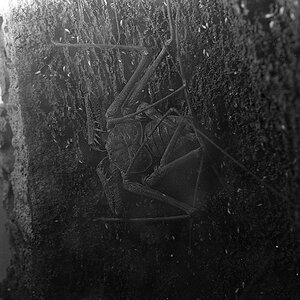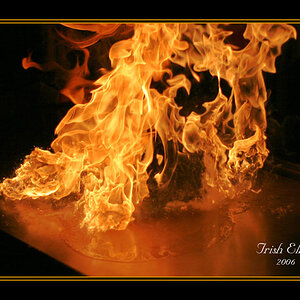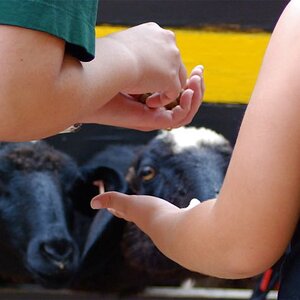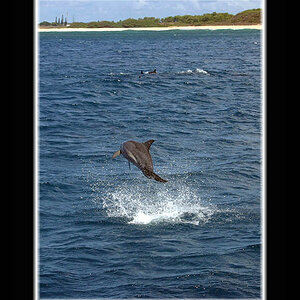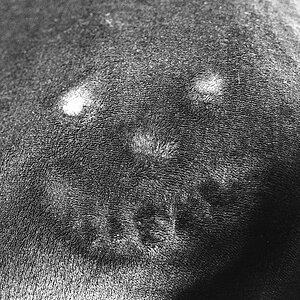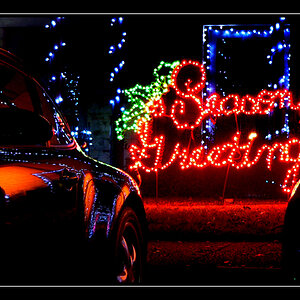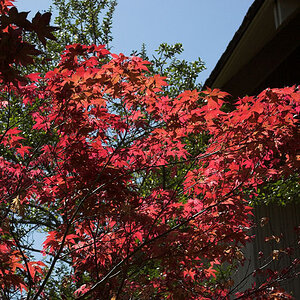Graham Smith 51
TPF Noob!
- Joined
- Apr 11, 2016
- Messages
- 38
- Reaction score
- 8
Evening, all.
I'm not sure if this is exactly the place for this, so if an administrator wants to move it, fine!
I've just been looking at ways in which I can transfer all my old transparencies to digital files, so that I can (a) keep them for easy viewing and (b) do a bit of improvement on them where necessary.
I found all sorts of ways to do this, ranging from buying a slide scanner, through various DIY arrangements, to having it done for me by a service. I can't afford the kind of scanner that will do the job well - hi-res scanners can be over £100. The services charge £2 or more per slide, and I've got hundreds, so that's out too. The DIY route has lots of ways. One I contemplated was dismantling an old slide projector and using it basically just as a light source, and that seemed laborious, destructive and potentially dangerous if you get anything wrong. So in the end I did what some others have done, and I've been pleasantly surprised by the results.
I made a very simple frame, made from thick card, balsa and plywood, that holds the slides, one at a time, in front of a rectangular cut-out with a piece of diffusing acrylic sheet of the kind used for light boxes. This is the only bit that cost me anything - £2 for a 6" x 4" piece - and I bet a lot of people could find something similar lying around the house anyway. The diffuser is not glued to the frame, just held by a couple of clips. This is so that I can periodically remove it to clean it and get rid of dust, which might otherwise show through. I can do this without actually disturbing the setup once working.
Behind the frame is a flashgun (Olympus T32 in fact) connected to the camera by a wireless trigger. Of course, any suitable flash arrangement can be used. In front is my Nikon D3100 with the 40mm macro lens attached. That stands on a tripod, and once placed correctly to frame the slide and focus on it (manually) I can leave it like that all day. I put a simple angled spotlight shining on the diffuser to illuminate the slide while focussing, then turned it off to take the picture. The only other piece of kit needed is the wired remote shutter release.
I chose ISO 100 and manual control, setting the shutter at 1/60th and the aperture at f8 to start with (the flashgun was set to the same) I knew I could then play around with different apertures as necessary, but in the end I found that this arrangement actually gave me good exposures from the get-go!
This is a simple set-up that has produced really quite good results, and best of all, it was virtually free!

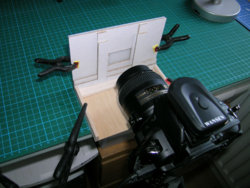

PS - I also thought of buying the Nikon ES-1 slide copier, but that's a bit pricey too!
PPS - Hey - maybe I could set myself up as a slide copying service now! (Only kidding)
I'm not sure if this is exactly the place for this, so if an administrator wants to move it, fine!
I've just been looking at ways in which I can transfer all my old transparencies to digital files, so that I can (a) keep them for easy viewing and (b) do a bit of improvement on them where necessary.
I found all sorts of ways to do this, ranging from buying a slide scanner, through various DIY arrangements, to having it done for me by a service. I can't afford the kind of scanner that will do the job well - hi-res scanners can be over £100. The services charge £2 or more per slide, and I've got hundreds, so that's out too. The DIY route has lots of ways. One I contemplated was dismantling an old slide projector and using it basically just as a light source, and that seemed laborious, destructive and potentially dangerous if you get anything wrong. So in the end I did what some others have done, and I've been pleasantly surprised by the results.
I made a very simple frame, made from thick card, balsa and plywood, that holds the slides, one at a time, in front of a rectangular cut-out with a piece of diffusing acrylic sheet of the kind used for light boxes. This is the only bit that cost me anything - £2 for a 6" x 4" piece - and I bet a lot of people could find something similar lying around the house anyway. The diffuser is not glued to the frame, just held by a couple of clips. This is so that I can periodically remove it to clean it and get rid of dust, which might otherwise show through. I can do this without actually disturbing the setup once working.
Behind the frame is a flashgun (Olympus T32 in fact) connected to the camera by a wireless trigger. Of course, any suitable flash arrangement can be used. In front is my Nikon D3100 with the 40mm macro lens attached. That stands on a tripod, and once placed correctly to frame the slide and focus on it (manually) I can leave it like that all day. I put a simple angled spotlight shining on the diffuser to illuminate the slide while focussing, then turned it off to take the picture. The only other piece of kit needed is the wired remote shutter release.
I chose ISO 100 and manual control, setting the shutter at 1/60th and the aperture at f8 to start with (the flashgun was set to the same) I knew I could then play around with different apertures as necessary, but in the end I found that this arrangement actually gave me good exposures from the get-go!
This is a simple set-up that has produced really quite good results, and best of all, it was virtually free!



PS - I also thought of buying the Nikon ES-1 slide copier, but that's a bit pricey too!
PPS - Hey - maybe I could set myself up as a slide copying service now! (Only kidding)
Last edited:


